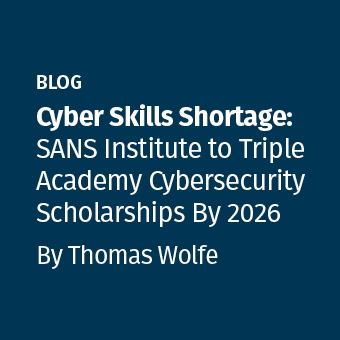In the dynamic and ever-changing landscape of cybersecurity, the role of a Risk and Compliance Analyst is paramount. They ensure that organizations meet security objectives, comply with regulatory requirements, and manage risks effectively. This blog is designed to provide an overview of the path to becoming a Risk and Compliance Analyst, focusing on the essential skills, daily responsibilities, and career progression opportunities. Whether new to cybersecurity or aiming to specialize in risk and compliance, this blog will equip you with the insights and guidance you need to succeed.
What is a Risk and Compliance Analyst?
A Risk and Compliance Analyst evaluates and ensures that an organization meets its security objectives and complies with relevant regulatory requirements. They work to identify and mitigate risks, develop and implement policies and procedures, and ensure ongoing compliance with industry standards.
Key responsibilities include conducting risk assessments, monitoring compliance, preparing reports, and collaborating with various departments to implement security measures. Analysts must stay current with the latest regulations and industry standards to manage and reduce risks effectively.
Skills and Experience Required
To excel in this role, a Risk and Compliance Analyst need both technical and soft skills:
- Analytical Skills: Analyze data and identify potential risks.
- Attention to Detail: Ensure all compliance aspects are thoroughly checked and maintained.
- Communication: Effectively communicate risk assessments and compliance requirements to various stakeholders.
- Regulatory Knowledge: Stay up to date with industry regulations such as GDPR, HIPAA, and SOX.
- Problem-Solving: Develop strategies to mitigate identified risks.
What is a Day in the Life of a Risk and Compliance Analyst?
The daily tasks of a Risk and Compliance Analyst can vary widely, depending on the organization and its specific needs. Typical activities include:
- Conducting Risk Assessments: Identifying potential risks and developing strategies to mitigate them.
- Monitoring Compliance: Ensuring the organization adheres to regulatory requirements and internal policies.
- Preparing Reports: Documenting findings and providing recommendations to management.
- Collaborating with Teams: Working with various departments to implement security measures and ensure compliance.
- Staying Informed: Keeping up-to-date with the latest regulations, industry standards, and best practices.
What is the Career Path for a Risk and Compliance Analyst?
Individuals from various backgrounds can transition into a Risk and Compliance Analyst role and find numerous opportunities for growth and advancement. Common starting points include:
- Project Management: Skills in planning, organization, and coordination are valuable.
- IT Help Desk: Experience in IT support provides a solid foundation.
- Communications: Strong communication skills are essential for this role.
- Psychology: Understanding human behavior can help assess and manage risks.
- Compliance: Previous experience in compliance roles provides a strong foundation.
Starting from an entry-level position, you can progress through various governance, risk and compliance (GRC) roles:
- Junior Risk and Compliance Analyst: Gaining foundational experience and developing essential skills.
- Risk and Compliance Analyst: Taking on more responsibilities, conducting risk assessments, and ensuring compliance.
- Senior Risk and Compliance Analyst: Handling more complex projects and leading compliance initiatives.
- Risk and Compliance Manager: Overseeing a team of analysts and managing the organization’s risk and compliance strategy.
- Chief Risk Officer (CRO): Leading the organization’s overall risk management strategy.
Becoming a Risk and Compliance Analyst is a rewarding career with excellent growth potential. You can succeed in this dynamic and critical field by developing the necessary skills, gaining relevant experience, and continuously learning about new regulations and best practices. Start by exploring educational resources, pursuing certifications, and seeking hands-on experience to build a strong foundation for your career in governance, risk, and compliance.
To learn more about this role and other exciting career paths in cybersecurity, download the SANS New to Cyber Career Guide.




